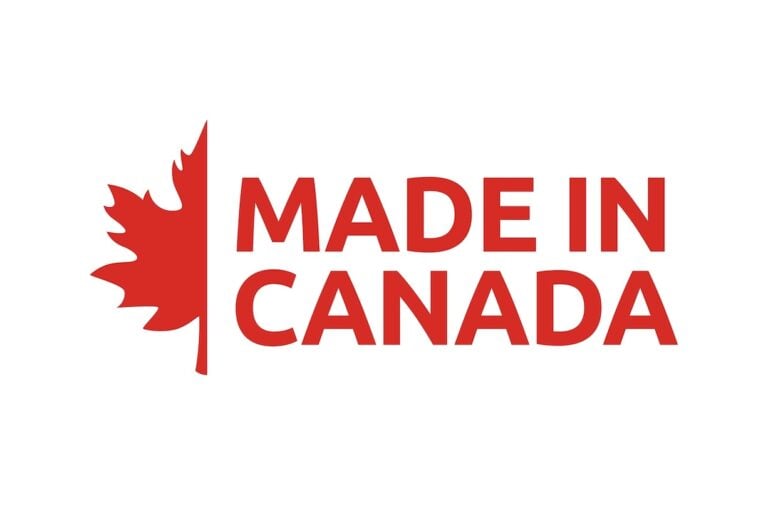With shifting trade policies and new tariffs making headlines—especially those proposed or imposed by major trading partners like the U.S.—many Canadians are asking a key question at the checkout: “Is this really Canadian?”
Whether it’s produce at your local grocer or building materials for your next home renovation, understanding what “Made in Canada” truly means can empower you to support local industries—and even make smarter decisions when it comes to your home and mortgage.
Why It Matters—Especially Now

Whenever international trade becomes uncertain—through tariffs, supply chain disruptions, or political tension—prices can rise, and Canadian businesses often feel the impact first.
That ripple effect can even extend to housing and mortgage rates, as the cost of goods, materials, and services influence everything from home construction to homeowner spending power.
If you’re feeling the squeeze of rising costs, it might be a good time to review your mortgage. Use our Mortgage Affordability Calculator to see if refinancing could help free up room in your monthly budget.
Understanding the Labels: What Does “Canadian” Actually Mean?
Not all labels are created equal. Here’s what you need to know when buying “local” or “Canadian” products:
✅ Product of Canada

This is the gold standard. It means that all or virtually all ingredients, labour, and processing involved are Canadian.
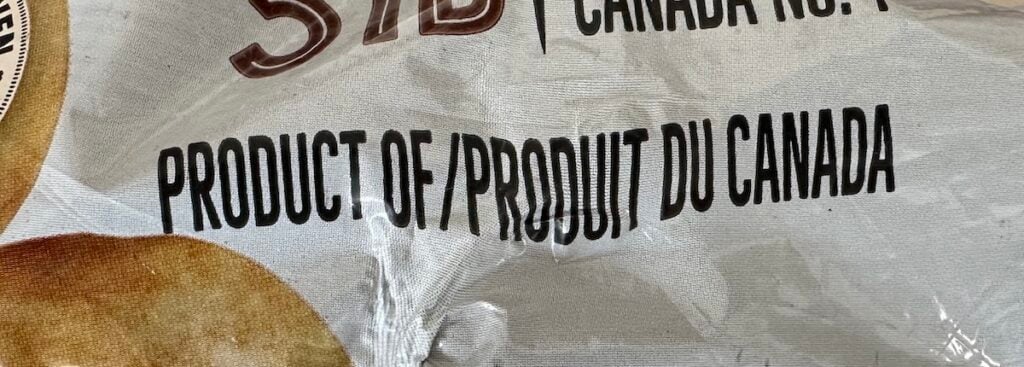
For food, it typically means the product was grown or raised by Canadian farmers and packaged here, with only minor imported components like spices or flavourings. For non-food items, at least 98% of production costs must be Canadian.
⚠️ Made in Canada
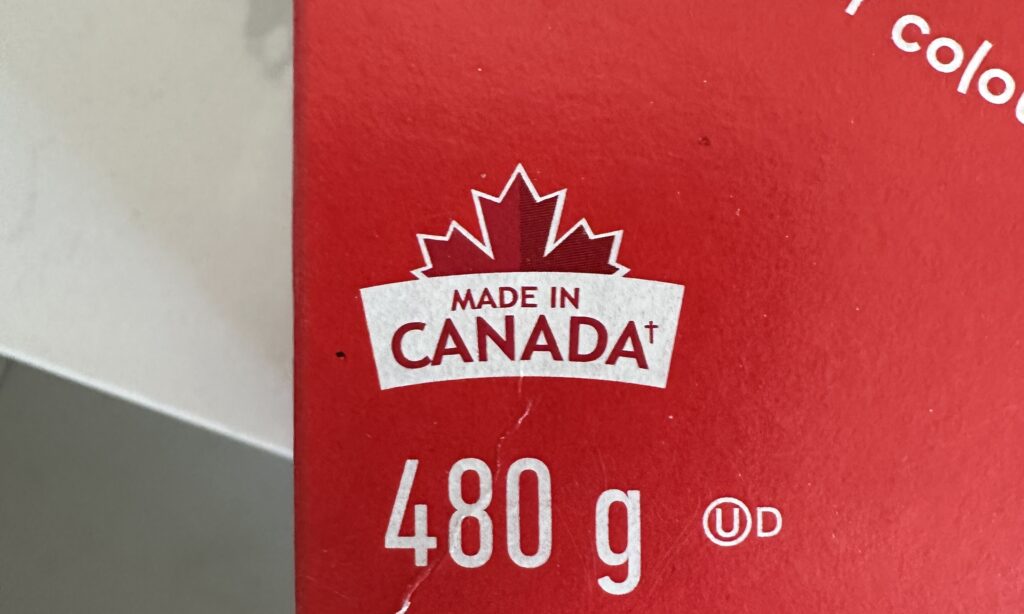
This label can be a bit more flexible. It applies when the final major transformation of the product happened in Canada.
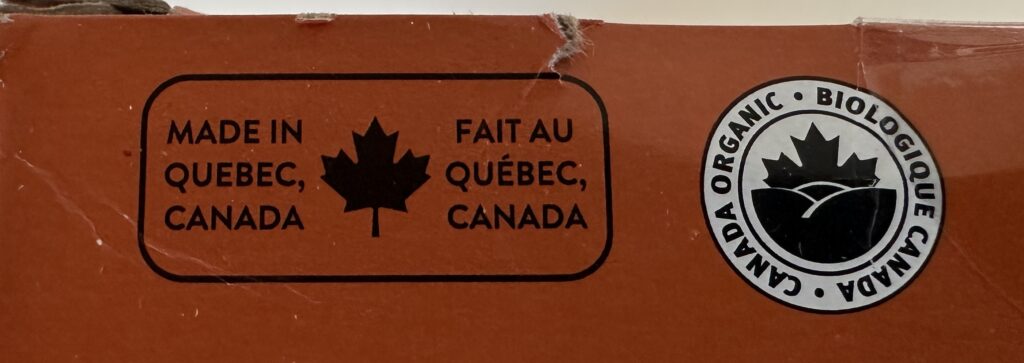
For example, making a frozen pizza with imported cheese and sauce—but assembled and baked in Ontario—could qualify. However, only 51% of production costs need to be Canadian.

Many companies using this label are also required to note if the product was made with imported ingredients or components.
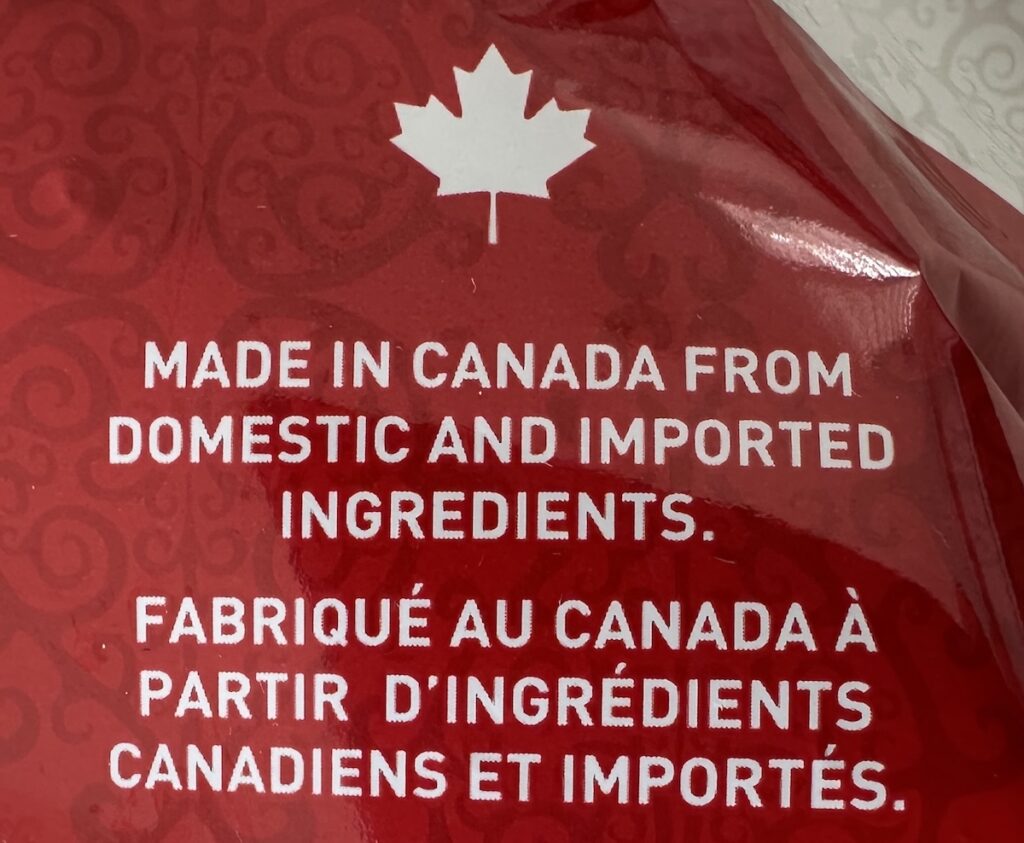
So keep an eye out for the fine print.
🇨🇦 The Word “Canadian”
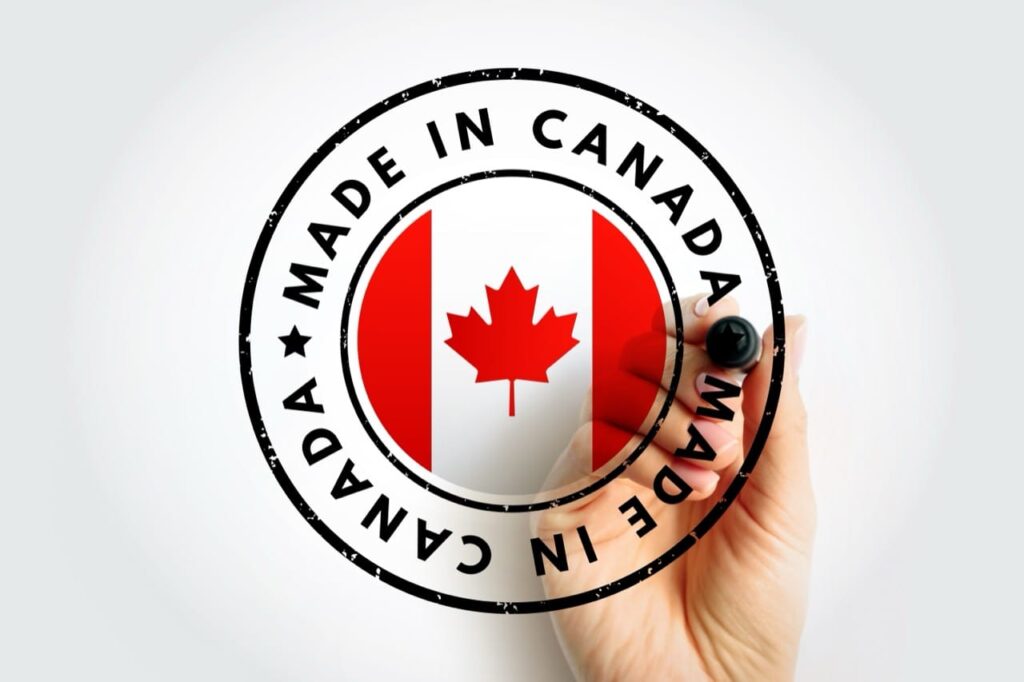
If a product simply uses the word “Canadian” on its label, it’s held to the same standard as Product of Canada.
That means virtually all major ingredients and processing must be Canadian—so when you see “Canadian cheddar” or “Canadian frozen lasagna,” it should be as close to fully Canadian as possible.
Baked in Canada
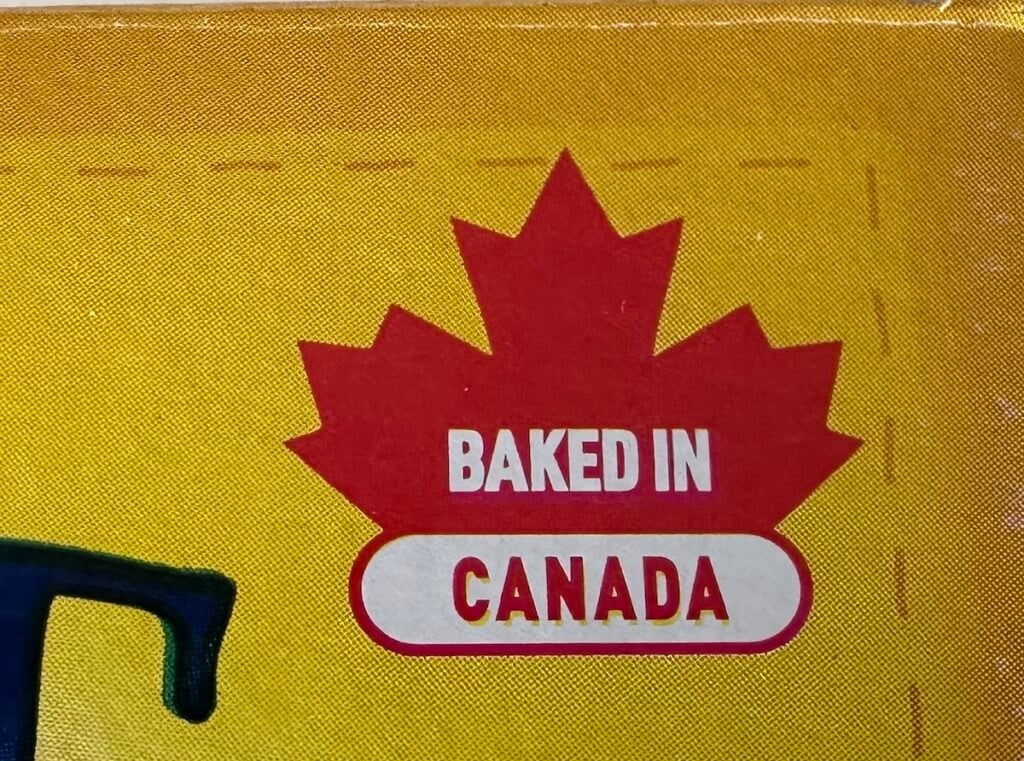
When a product is labelled “Baked in Canada,” it means that the final baking process took place in Canada—but it doesn’t necessarily mean the ingredients are Canadian. For instance, a loaf of bread or a box of cookies might be baked in a Canadian facility using imported flour, sugar, or other components. While it’s a good sign that the product was processed locally (supporting Canadian jobs), the label alone doesn’t guarantee that the item meets the stricter standards of “Product of Canada.” Always look for additional content statements if you want to be sure you’re buying something made with primarily Canadian ingredients.
Prepared in Canada
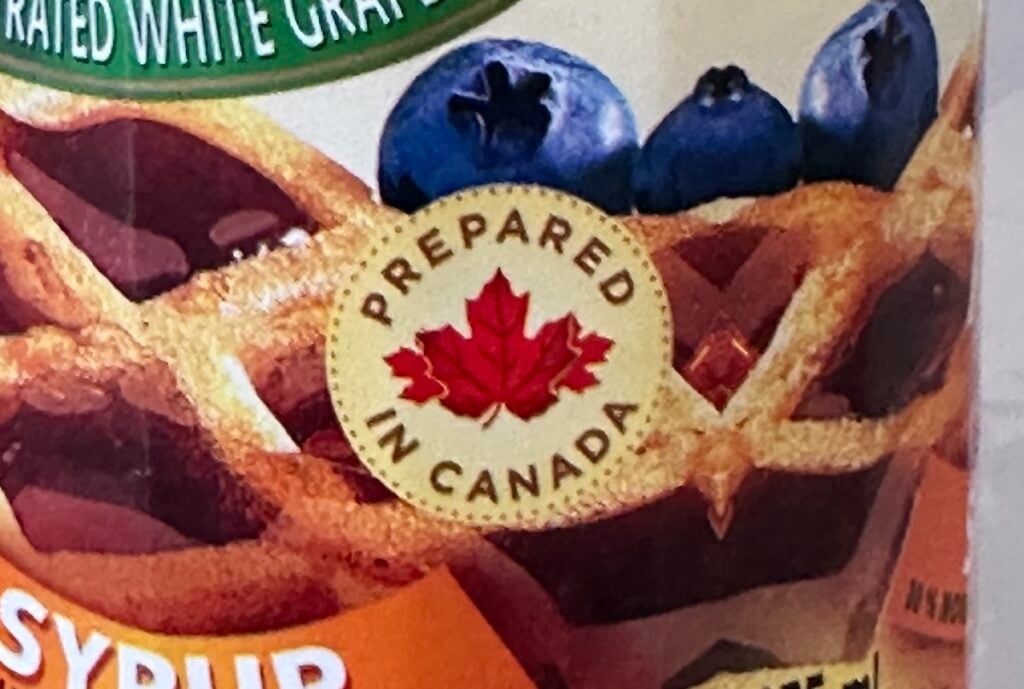
The term “Prepared in Canada” typically refers to products that were assembled, mixed, or processed in Canada—but not necessarily made from Canadian ingredients or materials. For example, a jar of salsa could be labelled “Prepared in Canada” if it was blended and packaged here, even if the tomatoes and spices were imported. While this label indicates that the final processing step occurred domestically, it does not guarantee that the majority of components are Canadian. As with other labels, reading the fine print is key to understanding what you’re truly supporting when you buy.
🍁 Maple Leaf Logos: Don’t Be Fooled
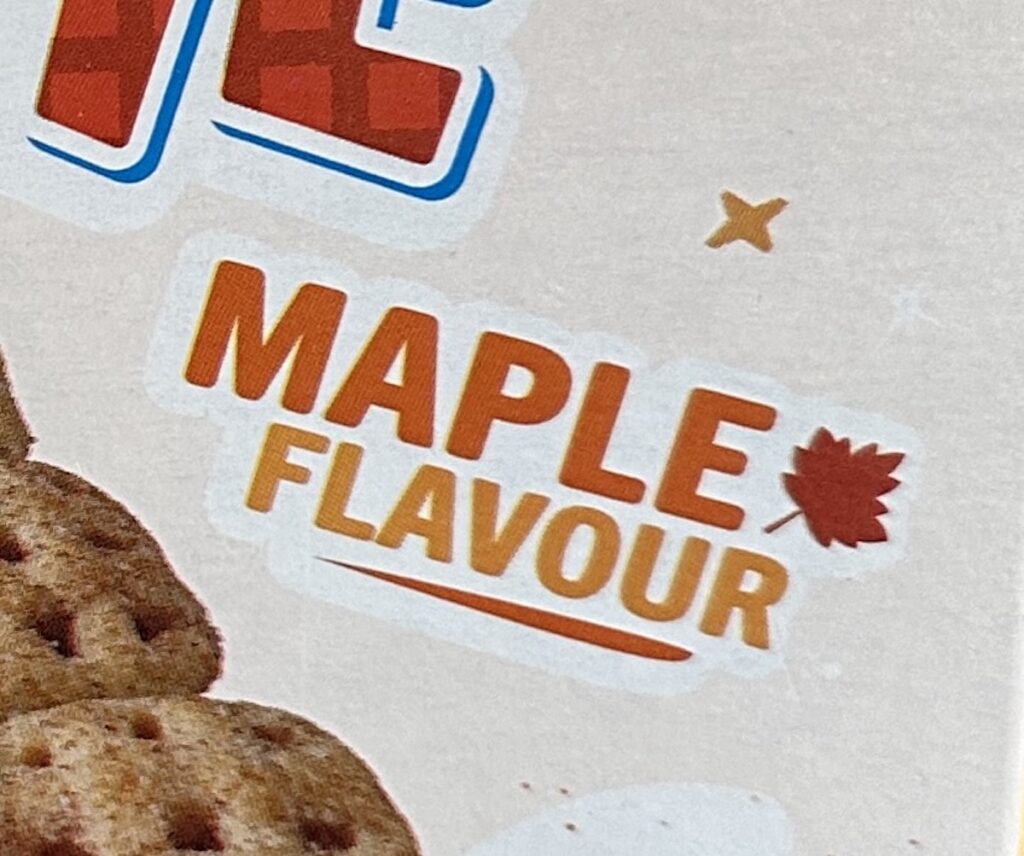
The Maple Leaf symbol is often used to suggest something is Canadian, but it doesn’t always mean it meets the standards above.
To avoid confusion, the Canadian Food Inspection Agency (CFIA) recommends companies pair the logo with a clear statement of domestic content—but not all businesses follow this guideline. So, look closely before you buy.
Common Product Categories & What to Watch For
🧀 Dairy
The blue cow logo means your milk, cheese, or yogurt is made with 100% Canadian milk and milk ingredients, verified by Dairy Farmers of Canada.
🍖 Meat & Poultry
To be called a product of Canada, the animal must be born or hatched, raised, and slaughtered in Canada.
🐟 Fish & Seafood
For wild products, the fish must be caught in Canadian waters and processed in Canada. Farmed seafood must come from Canadian farms, with Canadian ingredients used in processing.
🌾 “Local” Labels
The CFIA defines a “local” product as one produced in the same province, or within 50 km across provincial borders. So something sold in Guelph and made in Kitchener counts, but something trucked from Vancouver likely doesn’t.
Why Canadian Products (and Real Estate) Matter
Supporting Canadian-made goods doesn’t just help local businesses—it can also protect your wallet. When global trade policies shift or new tariffs are introduced, the cost of imported products can rise quickly.
This can affect everything from the cost of renovations to the price of new homes, particularly in markets with a lot of development. Even if you’re not planning to buy or sell anytime soon, being aware of how international economics impact Canadian goods—especially building materials—can help you make more informed decisions.
Final Thoughts: Buy Canadian, Think Local
As a Canadian, you have the power to support local jobs, reduce your environmental footprint, and contribute to economic stability—simply by making informed choices at the store.
And if you’re thinking of buying a home, refinancing your mortgage, or simply looking for ways to make your finances work smarter, we’re here to help.
Contact The Local Broker for straightforward advice, personalized mortgage solutions, and tools to help you navigate the Canadian real estate landscape with confidence.
